2022 Chevrolet Colorado: Power in the world of mid-size trucks
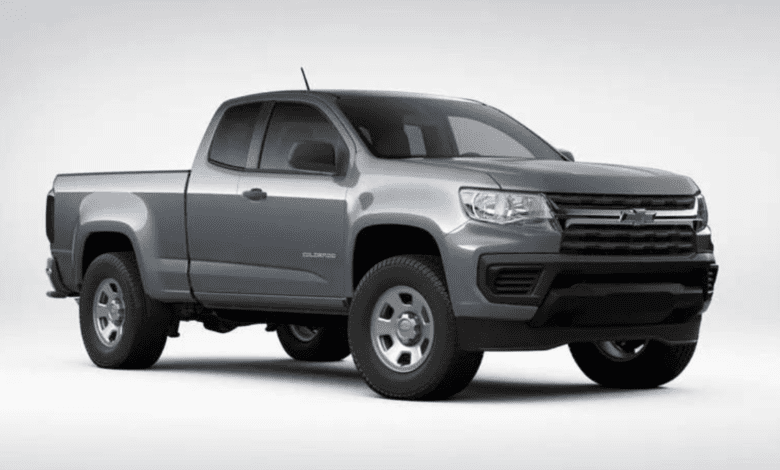
The 2022 Chevrolet Colorado is a midsize pickup truck that’s known for its versatility and strong performance. It comes in multiple configurations, offering different cab and bed sizes, as well as several engine options, including a four-cylinder, a V6, and a turbodiesel. The Colorado is praised for its towing capacity, comfortable ride, and user-friendly infotainment system. It’s a popular choice among those who need a capable truck for work, off-road adventures, or everyday use. The 2022 model continued to build on the strengths of its predecessors, making it a competitive choice in the midsize truck market.
2022 Chevrolet Colorado: Although full-size trucks will always be the industry leader, there is still a substantial need for midsize transporters. Along with its mechanical twin, the GMC Canyon, the Chevrolet Colorado hasn’t had any major updates since 2015, but it’s still a strong competitor. While an entirely new Colorado is planned for 2023, the 2022 model will continue to be produced with little modifications. Its affordable pricing and optional diesel engine, which offers remarkable towing capacity and fuel efficiency, are its strong points.
Colorado has three different configurations: a five-seat crew cab with a 5.2-foot bed, an extended cab with four seats and a 6.2-foot bed, measuring 212.7 inches overall, and a crew cab with a longer bed measuring 224.9 inches. While the Ford Ranger is available in extended or crew cab models with one-bed length each, those configurations are comparable to those of Chevy’s primary competitors, including the Nissan Frontier and Toyota Tacoma. The Gladiator model from Jeep is limited to a crew cab with a 5.0-foot bed. Prices start at $27,325 and go up to $49,365, including $1,495 for delivery.
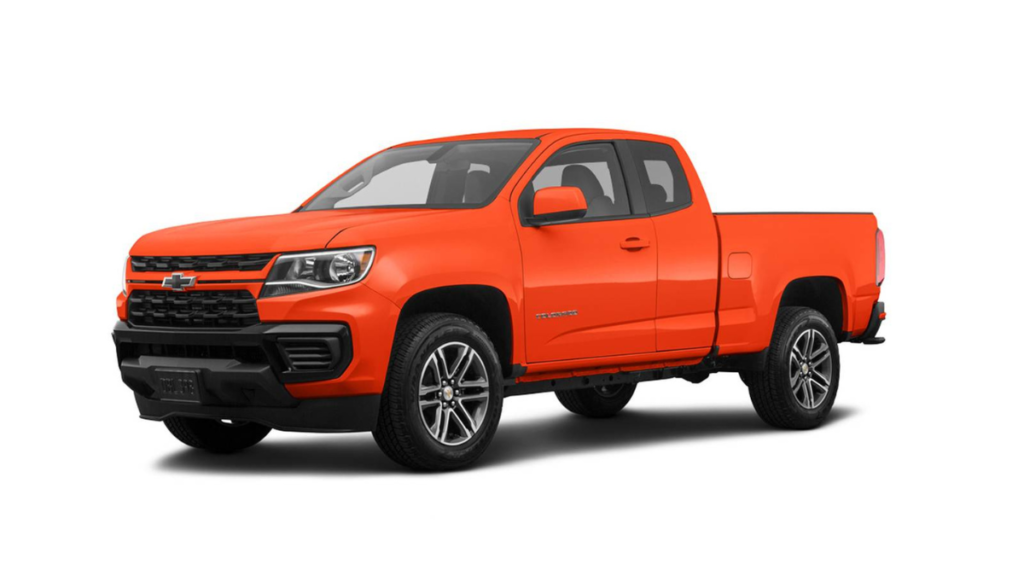
Although most customers choose the 2.8-liter four-cylinder turbodiesel or the 3.6-liter V6, base versions come with a 2.5-liter four-cylinder engine. On all variants, four-wheel drive (4WD) is an optional feature. The cargo capacity for this class of smaller vehicles varies from 930 to 1,543 pounds, depending on the driveline and layout. The gas engines can tow heavier loads than the Tacoma or Frontier, ranging from 3,500 to 7,000 pounds. The Colorado reaches a class-leading 7,700 pounds at peak speed with the diesel engine, whereas the Ranger and Jeep Gladiator can only get 7,500 and 7,650 pounds, respectively.
The Colorado has more headroom and legroom than its rivals, making it more comfortable. Even at the ZR2 level, it has a smooth ride, excellent steering, and off-road capability that rivals the Jeep Gladiators, but driving on asphalt is much more enjoyable. Although the 3.6-liter V6, which has 308 horsepower and is smoother and more powerful than the Tacoma’s V6, is harsh and raucous, we cannot recommend it. Although the turbodiesel is a pricey option that may cost anywhere from $3,670 to $5,210 more, depending on the model, it is excellent for towing and provides decent highway gas efficiency.
Although the cabin is comfortable, it is also boring. Though its simplicity and extensive use of knobs and buttons for tasks also make it easier to operate and less distracting, the dash’s heavy reliance on plastic means an upgrade is long overdue. Every model has a touchscreen, including Android Auto and Apple CarPlay, and all bars of the LT include OnStar, Wi-Fi connectivity, and optional navigation.
Colorado’s crash test results are comparable to its rivals, and none of the body-on-frame midsize pickups get the highest ratings. However, just two model levels—$395 and $640—offer the “Safety Package,” which includes rear park assist, lane departure warning, and forward collision alert. Meanwhile, the Tacoma and the Ranger both come equipped with blind-spot monitoring, something that the Chevrolet lacks, and they also come standard with adaptive cruise control and lane departure warning. The Frontier also comes equipped with emergency front braking.
Performance:2022 Chevrolet Colorado
Three engine options are available for the Colorado—a 2.5-liter four-cylinder engine producing 200 horsepower and 191 pound-feet of torque powers the base model. Like the Toyota Tacoma basic model, this four-cylinder is underpowered, loud, and should be avoided. Despite costing more, the other two alternatives provide a much better experience. With a 3.6-liter V6’s 308 horsepower and 275 lb-ft of torque, it can easily go quickly on the road and tow 7,000 pounds.
The 2.8-liter, four-cylinder turbodiesel is the best, producing a powerful 369 lb-ft of torque despite its meager 181 horsepower. Although it isn’t as quick as the V6, the Colorado can pull 7,700 pounds because of its torque. The V6 features an eight-speed automatic gearbox, while the 2.5-liter diesel has a six-speed one.
All engines have four-wheel drive (4WD) or rear-wheel drive. Autotrac is included on all 4WD trims, saving the basic WT trim and enabling four-wheel drive on rough situations like rainy roads. In addition to a slew of off-road goodies, including skid plates, reduced bumpers for improved approach and departure angles, and upgraded suspension and tires, ZR2 vehicles are equipped with standard 4WD. The Colorado has a smooth ride and precise handling for a traditional body-on-frame pickup truck. While it may not be as agile as the Hyundai Santa Cruz or Honda Ridgeline, it is still fun to drive and has more truck power than other vehicles.
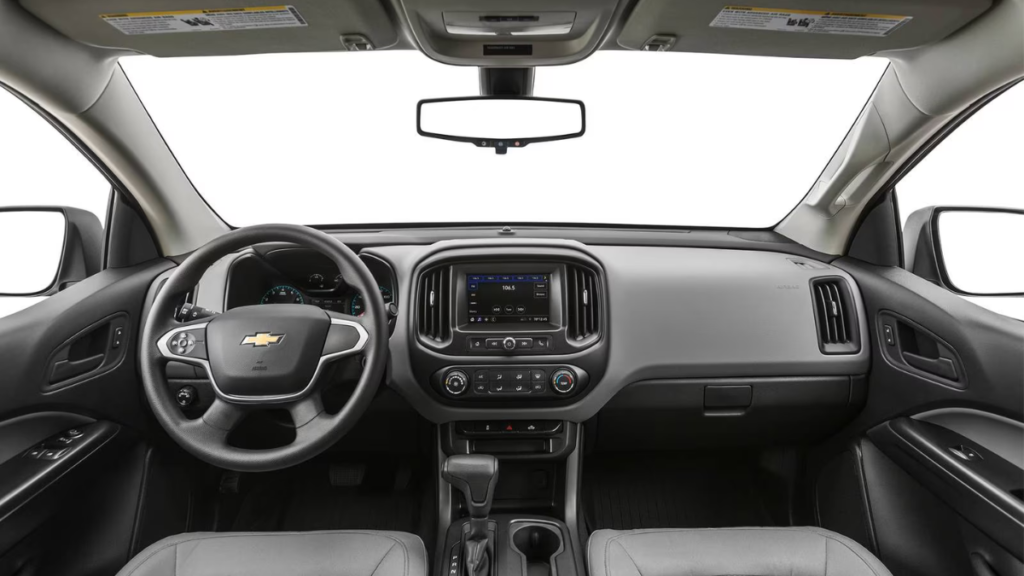
Fuel Efficiency:2022 Chevrolet Colorado
Base 2.5-liter Colorados with rear-wheel drive get 19 cities, 25 highway, and 22 combined mpg; V6 variants get 18, 25, and 21 mpg in each category. Although it performs much better on the road, the diesel only manages 20 mpg in the city, 30 mpg on the interstate, and 23 mpg overall. Adding 4WD lowers the figures in each measure by one to two mpg because of the additional weight and mechanical drag. Due to their off-road specialization, the ZR2 vehicles perform much worse, averaging only 17 mpg for the V6 and 19 for the diesel.
These figures are comparable to those of its main competitors, the Nissan Frontier’s 3.8-liter V6 rated at 20 and 19 mpg in similar configurations, and the Toyota Tacoma’s 3.5-liter V6 rated at 21 mpg with 4WD and 20 mpg combined. With rear-drive, the 2.0-liter turbocharged four-cylinder Ford Ranger achieves 23 mpg, and with four-wheel drive, 22 mpg. The six-cylinder EcoDiesel Gladiator from Jeep delivers its class’s greatest overall fuel efficiency at 24 mpg.
Tech for Safety and Driver Assistance:
The Insurance Institute for Highway Safety (IIHS) and the National Highway Traffic Safety Administration (NHTSA) do not provide top safety ratings for body-on-frame midsize trucks. When the Colorado was last evaluated by NHSTA in 2016, it received an overall rating of four stars out of five. In the driver’s side overlap and side impact tests, the IIHS rated the extended-cab truck as “Acceptable,” the crew cab as “Marginal,” and both for headlights as “Poor.”
The Nissan Frontier and the Toyota Tacoma are equipped with automated emergency braking. The Tacoma also has standard features of lane-departure warning, adaptive cruise control, and high-beam assist. Both trucks may also be equipped with blind-spot monitoring. Optional features of the Ranger include high-beam assist, lane-keep assist, blind-spot monitoring, and emergency front braking. The sole items that the Colorado provides are forward collision warning, lane-departure warning, and rear park assist. It is priced between $395 and $640 and is available on two trim levels.
Room and Comfort:
With 41.4 inches of front headroom, the Colorado has the most among its competitors; the Frontier comes in second with 39.9 inches. The Chevrolet crew cab measures 38.3 inches of rear headroom, comparable to that of the Tacoma and Ranger and just a little less than that of the Frontier (38.6 inches). It also has more legroom than its rivals, with 45 inches in the front seat and 35.8 inches in the crew cab rear; the Ranger comes in second with 43.1 inches in the front and 34.5 inches in the back. Although Jeep and Honda have major trade-offs, they have substantially bigger rear seats.
Like the Frontier and Ranger, the Tacoma has comfortable, upright seating, although some drivers may feel their legs get constricted due to the low front seats. The ZR2 adds a power passenger seat, and all Colorado trims, except the basic WT, feature a power driver’s seat. Heated front seats and a heated steering wheel are options on all models except the WT.

Infotainment: 2022 Chevrolet Colorado
All other WT trims feature an 8-inch screen; however, the basic model has a 7-inch center touchscreen. All trim levels are equipped with Bluetooth streaming for two active devices, Apple CarPlay and Android Auto. Standard OnStar, a trial-period Wi-Fi hotspot for up to seven devices, optional premium sound and navigation, and basic-level OnStar is included with everything save the cheapest trim.
Although the touchscreen doesn’t have a fancy appearance, its huge icons and simple menus make it very user-friendly. The fact that the phone, stereo, and other smaller icons are located toward the bottom of the screen—embedded deeply into the dash—might be a problem for certain people.
Storage & Cargo Capacity:
The crew cab model has a 5.2-foot or 6.2-foot bed, while the extended cab Colorado has a 6.2-foot bed. Rivals have beds that are five or six feet long. While the Ranger crew is limited to five feet, the Tacoma and Frontier provide two lengths with crew cabs. The Colorado’s bed is three inches wider than the Tacoma’s and 3.7 feet wide between the wheel wells, the same as the Ranger and Frontier.
When comparing all crew cabs with a short bed—the most preferred option among consumers—Colorado can carry between 1,380 and 1,543 pounds of payload, contingent upon the drivetrain and trim level. That is more than the Frontier but less than the Tacoma (1,685 pounds) and Ranger (1,860 pounds). With its V6 gasoline engine, the Colorado can tow up to 7,000 pounds, and its diesel engine, up to 7,700 pounds. Peak weights for the Ranger are 7,500 pounds, Frontier 6,570 pounds, and Tacoma 6,700 pounds.
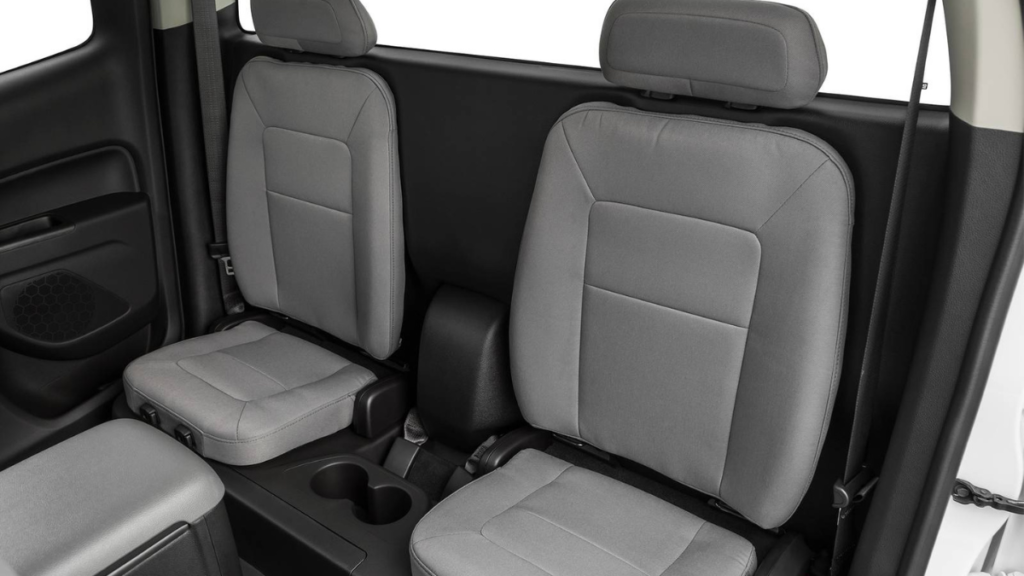
Design: 2022 Chevrolet Colorado
While the Colorado isn’t as attractive as its Canyon sister, it has a tough, functional appearance. Steps on the rear bumper make getting into the bed on all grades simple. Even in the higher trim levels, the interior design is outdated and uses a lot of hard plastic, but it’s well-built with few gaps and no rattles.
Is the Chevrolet Colorado 2022 a worthy purchase?
The standard rear-drive 2022 Colorado with the 2.5 four-cylinder engine begins at $27,325 with the extended cab. Among its immediate competitors, getting a midsize truck is the most affordable option; nevertheless, the Ranger is less than $200 more costly and has a turbocharged engine that is much more gratifying and powerful. We would choose the V6 or turbodiesel instead of the basic model.
With a starting price of $34,475 (plus a $1,495 destination charge), the rear-wheel drive LT crew cab with the V6 is likely the most affordable option for a family-friendly Colorado with plenty of power and performance. Although adding 4WD costs an additional $3,610, it does increase capacity. Some of its advantages are offset by the minimum expenditure of around $38,000 required to add the diesel.
The most popular model among customers, the crew cab short bed Colorado, begins at $29,225 and goes up to an eye-watering $49,365 for the ZR2 with the diesel engine.
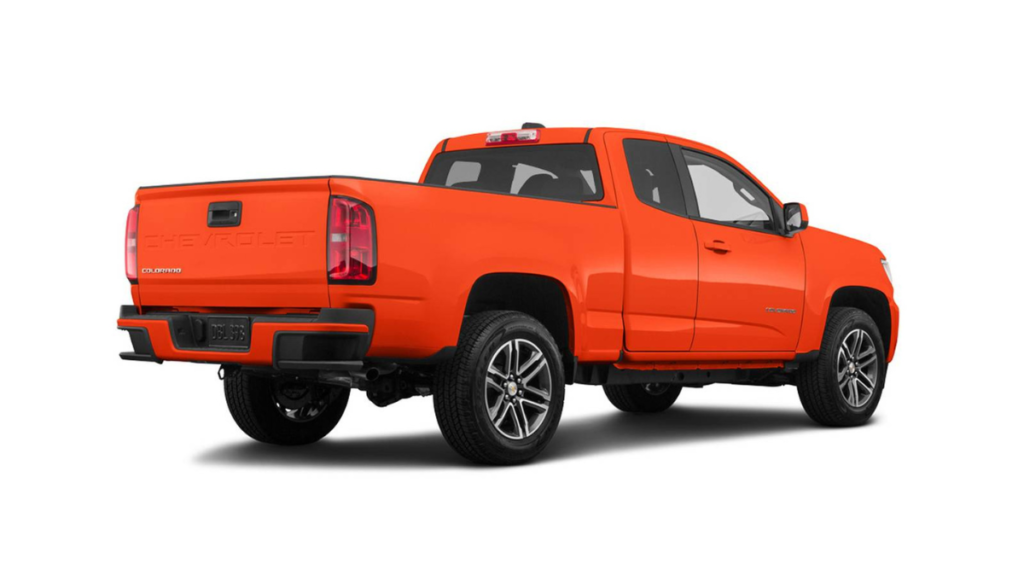
What is the cost of insurance for a 2022 Chevrolet Colorado?
Compared to its rivals, Colorado’s insurance prices are around average. Our research indicates that the average yearly premium for a Colorado Z71 for a clean 30-year-old female driver is $1,951. However, this average is across all 50 states. This is in contrast to the GMC Canyon AT4 ($2,075), Ford Ranger Lariat ($1,947), Toyota Tacoma TRD Pro ($1,990), Honda Ridgeline Sport ($1,950), and Jeep Gladiator Overland ($2,071).
Chevrolet Colorado Generations
Second Generation
2015 to Present
Current second-generation Colorado offered in the United States wouldn’t come until the 2015 model year, even the comparable model starting in other countries as early as 2013. It still has mechanical components in common with the GMC Canyon. The first strong and torquey 2.8-liter diesel engine to be offered in a small or midsize truck for the American market was introduced by Chevrolet to Colorado’s options list in 2016. The off-road-focused ZR2 debuted in 2017 and was followed a year later by the even wilder ZR2 Bison variant. The Colorado’s tailgate and front end are redesigned for 2021.
First Generation
2004 to 2012
The 2004 model year saw the release of the Chevrolet Colorado, which GM of Brazil and Isuzu jointly designed. It was durable, but its bland appearance and weak powertrains did not help it much initially. Even while the four- and five-cylinder engines improved over time, the Colorado’s performance took off in 2009 when a 5.3-liter V8 was added. Besides exchanging parts with its sibling vehicle, the GMC Canyon, Isuzu also marketed a rebranded model in the United States under the i-series name. The Hummer H3 would also be built on the Colorado’s chassis.
Verdict
Despite its older look, the Chevrolet Colorado is still quite well-equipped with several options, including a diesel engine with maximum towing capability and the best fuel efficiency in the class. Its base price is less than those of competitors, such as the GMC Canyon’s mechanical counterpart. The Colorado ZR2 Bison trim level is more polished on roads than the Jeep Gladiator, but it’s surprisingly adept off-road. Though functional, the inside is outdated. Its non-diesel fuel efficiency and crash test safety rating are in the middle of the pack among competitors. Still, it isn’t equipped with several driver-assist systems other trucks have as standard or as options.




